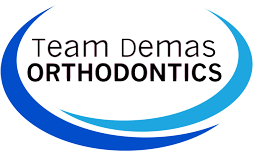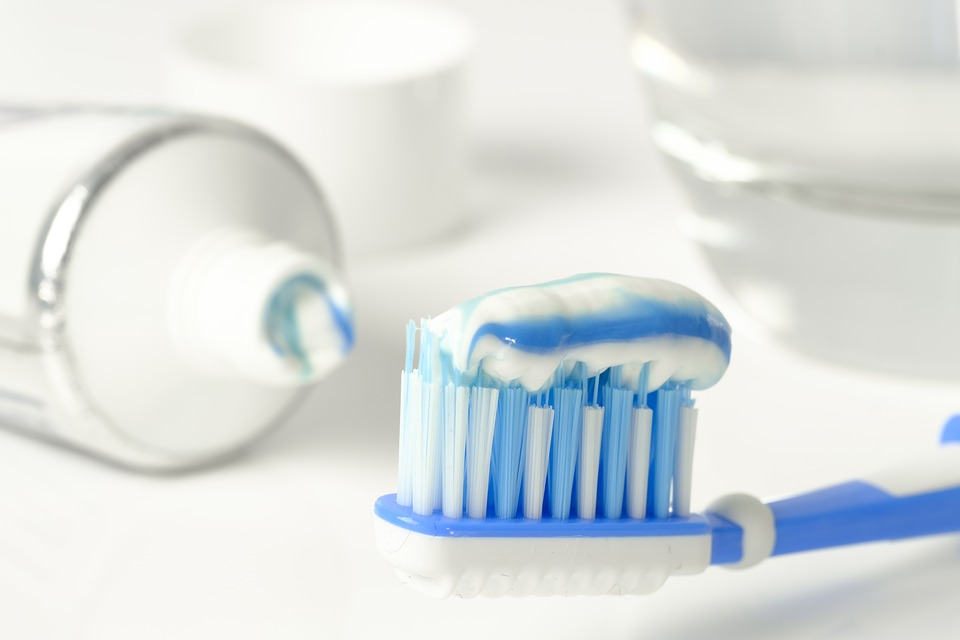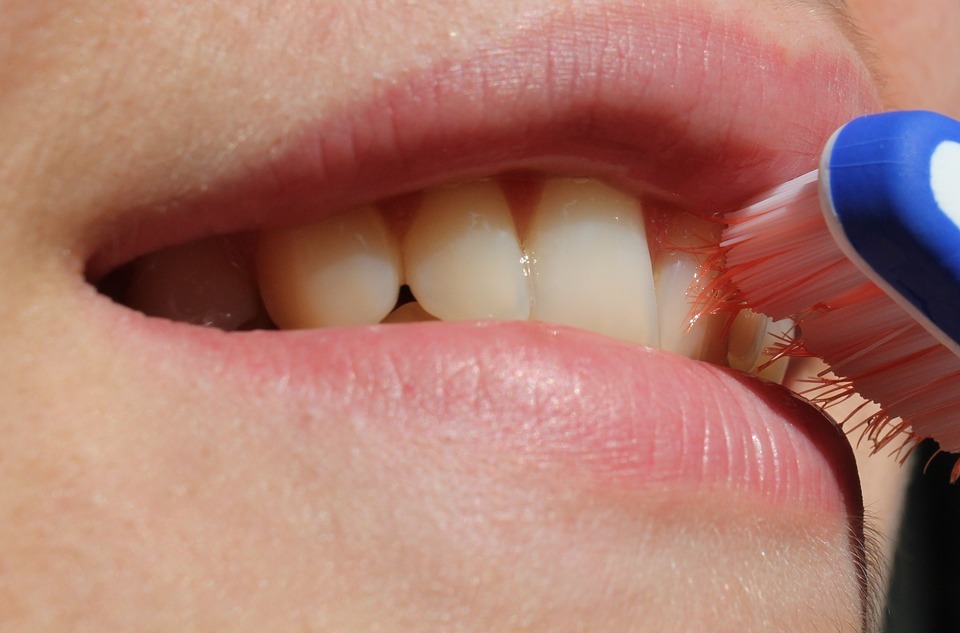When you or your child get braces put on your teeth, your normal routine is altered slightly and you have to relearn how to do things that used to be simple everyday activities for you. Performing tasks such as eating any food you desire, talking without having metal braces in the way and especially brushing your teeth are instantly more challenging, but easy to overcome if you have a few tips in the bag.
There are several things you can do to help your child through the transition period of getting used to their new dental hardware, but helping them learn to brush their teeth better will help make their teeth look even better when it’s time for the braces to come off. While it might be a hassle from day to day, properly brushing will pay off in the end when they see their new, straight teeth that are white and not stained.
If you or your child wants to know how to clean teeth properly with braces, then consider these seven tips to brushing your teeth with braces that will help you or your child to become more comfortable with the new hardware.
1. Use a Tasty Toothpaste
While the end goal when brushing is not to eat the toothpaste, finding one that you like the taste of will help encourage you or your child to brush your teeth for the full two minutes. Doing this will help make sure any food particles that are lodged behind the braces get brushed out, leaving your mouth feeling cleaner and fresher. While there are several studies out there on which toothpaste ingredients are the best for your dental hygiene, all studies have shown that the amount of time you spend brushing your teeth is the most important factor in maintaining healthy teeth and gums. Picking a toothpaste with fluoride is the one thing you want to make sure is included, but having your child choose which tube they prefer might help make them want to brush longer.
2. Time Yourself While Brushing
As just mentioned, how to clean teeth properly with braces can be a tricky thing to master, but being aware of the time spent while brushing is the most important thing for you to remember. There are toothbrushes available that help you know how long you have been brushing and there are even some that will buzz every 30 seconds to let you know it is time to move to a different zone (upper left, upper right, lower left, lower right), and will shut off when the two minutes is completed. If you are used to using a normal toothbrush and not timing yourself, you will be surprised how little time you are spending on brushing your teeth!
3. Purchase a Soft Bristle Toothbrush
Using a soft toothbrush is important for two big reasons – first of all, your teeth are going to be a little sensitive, especially at the beginning. If you use a hard toothbrush, it might make your teeth even sorer unnecessarily. Secondly, the main area you need to focus on while you have braces is the part of your teeth between the braces and your gums. Using a gentle toothbrush will help make sure your gums are good and clean and not damaged by a hard toothbrush.
4. Try Using an Electric Toothbrush
If you are asking yourself, “Can I brush my teeth with braces using electric toothbrush?” The answer is yes! An electric toothbrush might solve a lot of your dental hygiene issues and help your mouth feel cleaner. There are several benefits to using an electric toothbrush over a manual one such as the two-minute timer, but also the added movement of the bristles on your teeth helps to get your teeth cleaned by rotating or vibrating. Electric toothbrushes make it easier to get the hard-to-reach spots clean and help you want to spend more time brushing. Can I brush my teeth with braces using electric toothbrush might be a question you regretted ever asking if you try it out!
Top 10 Tooth Brushing Mistakes – Team Demas Orthodontics
5. Do a Pre-Brush
Most people pick up their toothbrush, squeeze toothpaste out, and go to town brushing right away. When you have braces, you should wet your toothbrush and do a quick pre-brush before applying toothpaste to get any food or build-up off your teeth and gums before using toothpaste. Once you have cleaned off what is stuck on your teeth, then you can continue with your two-minute brushing routine. This might help answer the question of “How many times do I need to brush my teeth with braces?” A good rule of thumb when answering this question is the more you brush, the better off you will be, but doing a pre-brush is a helpful way to get one more round in to help keep your teeth healthy and clean.
6. Pick, Don’t Scrub
Each toothbrush has a number of bristles that are designed to help get lodged food out of your teeth or dental hardware. Try using a picking motion instead of scrubbing to help get lodged food out from behind the braces and wires. Scrubbing is necessary to keep the surfaces of your teeth bright and white, but it doesn’t really work for trying to get the debris and food out from those tough spaces.
7. Rinse When You Are Done Brushing
A good tip to help keep your mouth feeling fresh longer is to rinse out all of the excess foam and toothpaste when you finish brushing in the morning. Recent studies have shown that at night before bed, you should spit out all of the excess toothpaste, but leave the residue on your teeth to allow the fluoride to work better and longer overnight. This change in your routine might make your teeth healthier, but don’t worry about overusing fluoride because you can’t use too much!
The answer to the question, “How many times do I need to brush my teeth with braces?” depends on how many times you are eating or snacking throughout the day. Every time you eat food with braces, you need to brush to make sure that you are keeping your mouth clean and food out of your dental hardware. If you have any questions or concerns regarding your dental hygiene with braces, call your orthodontist today!
Team Demas Orthodontics
27 Meriden Ave #2a, Southington, CT 06489, USA
Phone: 860-276-0333




